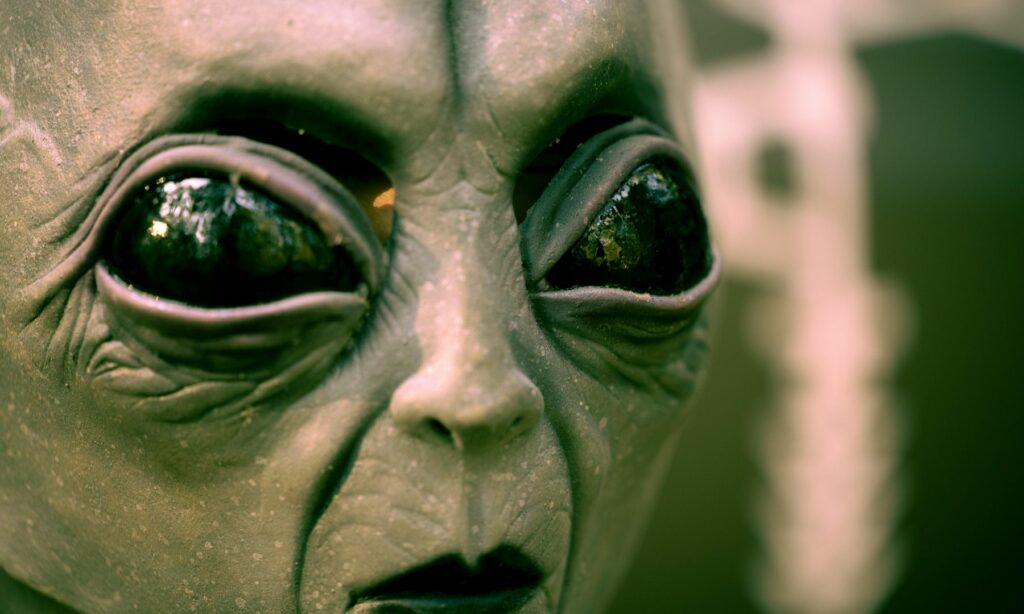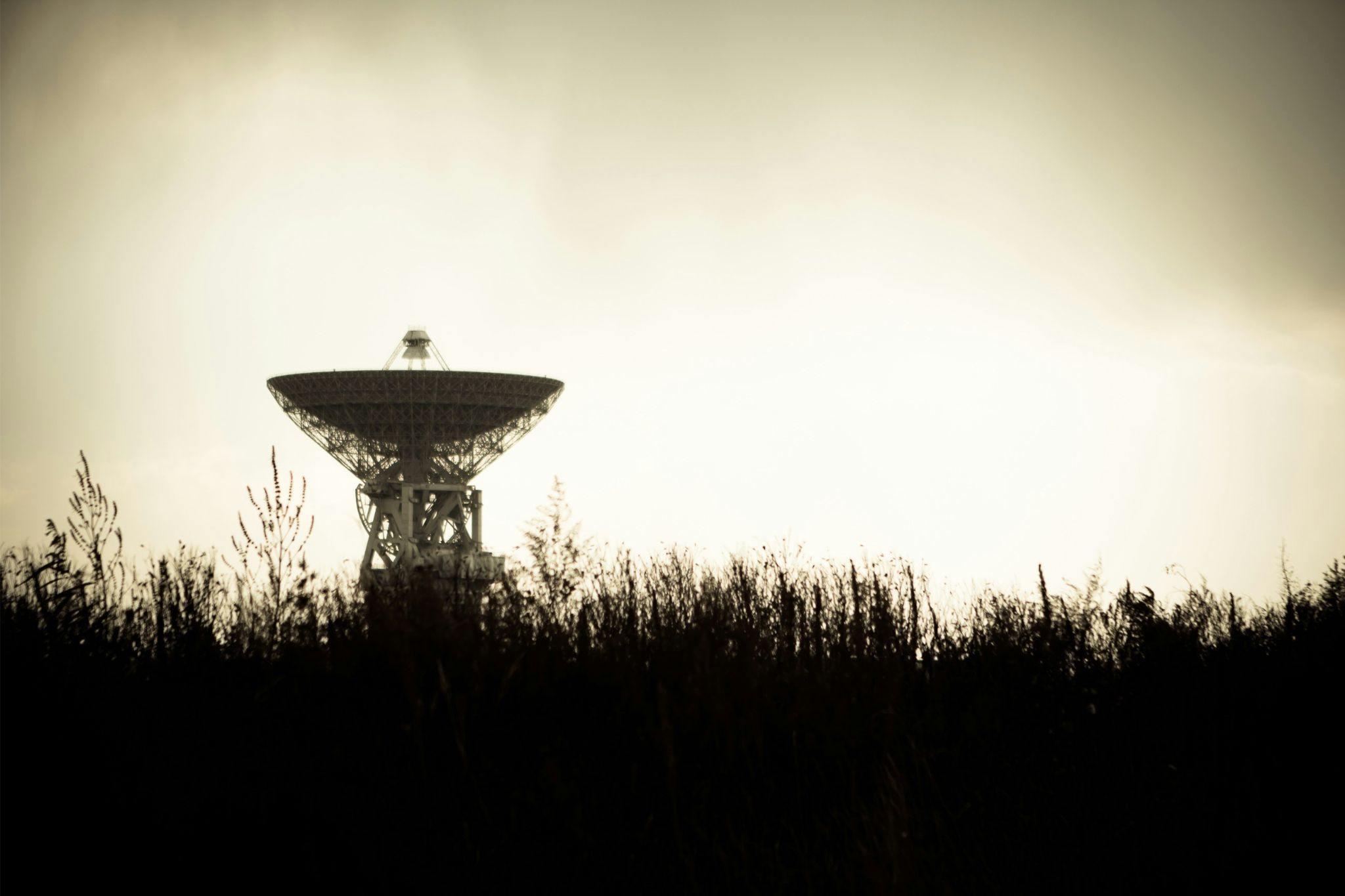It has yielded one of the most constant negative results in scientific history. Researchers have been looking for a single solid piece of evidence to back up the theory that there are other sentient species outside the universe for more than 60 years. They have attempted for decades to establish some sort of contact but to no avail.
However, scientists think a new chapter in the quest for extraterrestrial civilisations may be beginning. Researchers involved in Breakthrough Listen, the largest scientific research initiative in the world devoted to discovering extraterrestrial civilisations, believe several technological advancements are set to revolutionise the hunt for intelligent life outside our solar system.
Breakthrough Listen’s technological advancements
Two weeks ago in Oxford, UK, the group’s annual conference was held for the first time, and these advances were presented. Several hundred scientists—from zoologists to astronomers—were present.
“There are amazing technologies that are under development, such as the construction of huge new telescopes in Chile, Africa, and Australia, as well as developments in AI,” stated Breakthrough Listen project scientist and astronomer Steve Croft. They are going to change the way we search for extraterrestrial civilizations.
The Square Kilometre Array, which consists of hundreds of radio telescopes now being built in Australia and South Africa, and the Vera Rubin Observatory, which is being built in Chile, are two examples of these modern devices.
New techniques and technosignatures
The latter, the largest camera in the world, will be able to picture the entire visible sky every three or four nights and is anticipated to aid in the discovery of millions of new galaxies and stars. The former will grow into the most potent radio astronomy facility in the world.
In the next years, both sites plan to begin observations, and both will supply Breakthrough Listen with data. The search for alien civilizations will be strengthened by applying AI to analyse these enormous amounts of data in order to find minute patterns that might indicate the presence of sentient life, continued Croft.
“Up until now, our only option has been to search for signals that extraterrestrial intelligence has consciously sent out to announce its presence. The new techniques are going to be so sensitive that, for the first time, we will be able to detect unintentional transmissions as opposed to deliberate ones and will be able to spot alien airport radar, or powerful TV transmitters–things like that.”

Astrophysicist Prof. Adam Frank of the University of Rochester in New York supports the significance of being able to identify civilisations based on the traces of their daily activities. In his recently released book, The Little Book of Aliens, he states: “We are building entirely new toolkits to find intelligent, civilisation-building life by searching for signatures of an alien society’s day-to-day activities—a technosignature.”
Prospects and ongoing optimism
Numerous technosignatures, ranging from artificial lights to air pollution, have been proposed as markers of the existence of extraterrestrial civilizations. Even that alien civilisations might be visible from the solar panels they have constructed has been proposed by some experts. Solar panels can be observed with a powerful telescope because they substantially reflect ultraviolet and infrared radiation, which is absorbed by visible light.
Yet according to astrobiologist Lewis Dartnell, writing in the most recent issue of the BBC’s Sky at Night magazine, this would only be detectable if large areas of a planet’s surface had been covered in solar farms and hundreds of hours of observation time had been dedicated to such a search.
On the contrary, far more sophisticated and noticeable alien attempts to capture solar radiation may exist. Some civilisations may be developed enough, according to a theory put out by US physicist Freeman Dyson, to construct enormous solar arrays surrounding their star. These massive orbiting structures, known as Dyson spheres, would be seen from Earth. Several candidates, such as Boyajian’s star in the constellation Cygnus, have been suggested; however, their production of light is irregular and unpredictable.
Some speculated that a Dyson sphere would be the source of this, but more subsequent observations have ruled that theory out.

The search for extraterrestrial civilisations has been a recurring theme in science fiction films, ranging from E.T. to Contact, Arrival, and District 9. Nevertheless, despite concerted attempts that started in 1960 when astronomer Frank Drake used a 26-metre radio telescope to look for potential transmissions from the stars Tau Ceti and Epsilon Eridani, extraterrestrial life forms have remained the stuff of fiction. None were found, and this situation has persisted despite enormous advancements in the capability and sophistication of contemporary telescopes.
It remains to be seen if this bad results stream will persist. Croft is still hopeful that we will be able to establish communication soon. “We are aware that the elements and conditions necessary for life can be found everywhere.
“I think it would be deeply weird if it turned out we were the only inhabited planet in the galaxy or the universe. But you know, it’s possible.”
(Tashia Bernardus)
